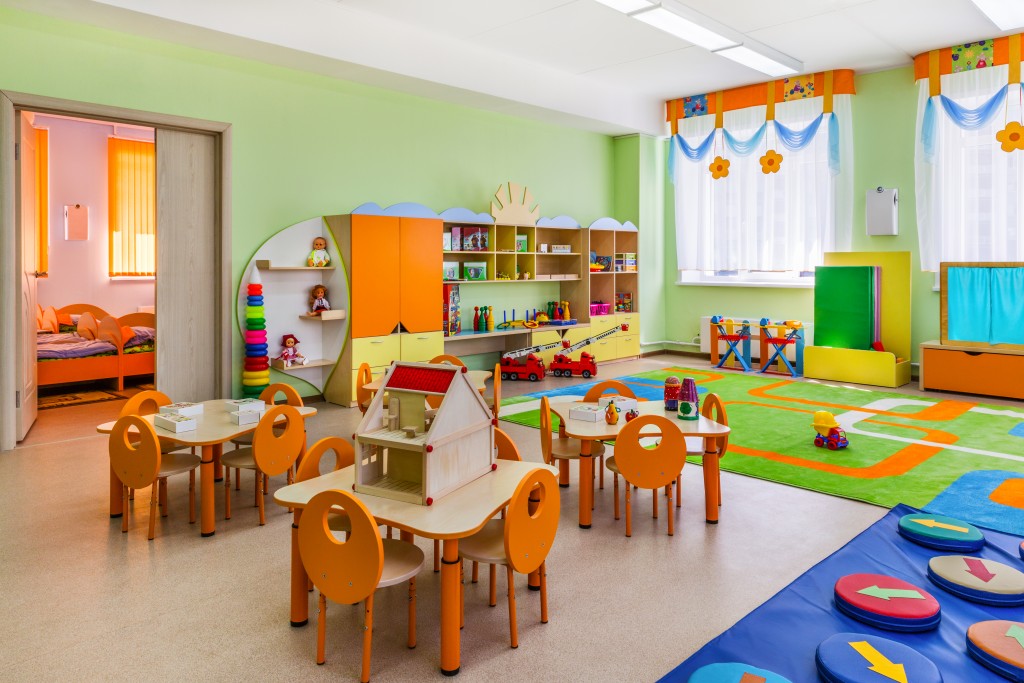Classroom design can be a bit of a surprise. Most schools still use the basic desks in a row and teacher in front format. But there are schools that are more open in their classroom format. Mostly for younger students, the job of decorating and designing these classrooms is often in the teacher’s hands. If you have that job, then it can be a bit intimidating to do it. To help you out, here are a few tips to keep in mind.
Get Rid of the Big Stuff
If you want to create more space for your kids to learn, then you should take out some of the larger pieces of furniture. You can replace them with smaller space-saving alternatives. For example, if you are teaching a music class, you might want to move that grand piano out and replace it with a small keyboard that can be put away in the closet later.
Only Pick the Best
If you are getting new furniture for your room, then you should seriously consider picking out only the best. Studies show that well-designed furniture only improves classroom concentration and lessens misbehavior. Don’t settle for the cheap stuff. Try to get quality gear for your students so that you won’t have to worry much about them.
Do an Audit
Sit down and consider what exactly your classroom needs. Sometimes, your classroom is full of clutter that has no purpose there. Pick out the essentials like classroom storage options for educational materials and keep them. Don’t just limit yourself to your judgment. Sit down and talk with your students about what they think their classroom needs. They can surprise you with some useful insights on what helps them and what does not.
Think About Flexible Seating

Classrooms have seats and tables, but they don’t always have to be in a set format. Try to experiment with alternate seating positions. For example, have the seats arranged in a circle and have yourself in the center. If you don’t use the blackboard much, this is an ideal position for you to see everything and to focus your kids’ attention. Figure out other arrangements so that you can see their various effects.
Consider the Spaces
When you think about the space that your classroom has, decide on what you want to use them for. Some areas are definitely for collaboration, where your kids can group up and discuss their current activity. Having a classroom that encourages interaction is a great move and will be a big help in improving their social skills.
It is not just collaborative areas, either. You will want areas that are for being creative. Education is not just about memorization nowadays. You will need to teach children how to create, and having spaces dedicated to this is a big help.
A classroom is a place for learning, and it is where you and your students are going to be spending most of your time. It is understandable then that you want to make it as comfortable as possible while retaining a classroom atmosphere. The tips above should help with that goal and ensure that your classroom environment is welcoming and great for your students.

